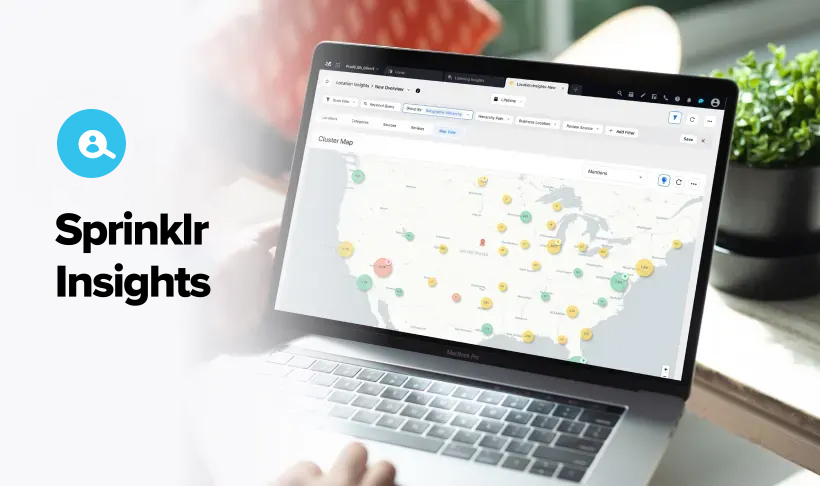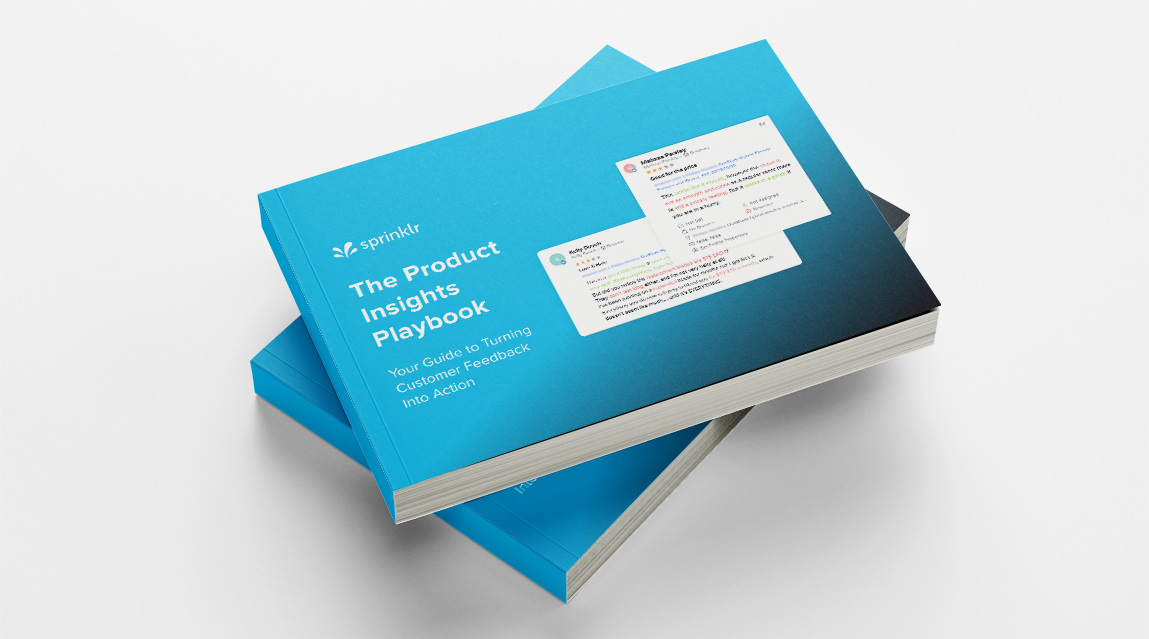What is market research?
Market research is the process of collecting, analyzing, and interpreting data about competitors, target markets, or an industry as a whole. Entrepreneurs can use this consumer intelligence to make well-informed decisions, as it takes some of the guesswork out of how to interact with customers and provides ideas for projects that have the most potential.
Companies use market research at various stages of growth for different reasons. Market research can be used to:
Identify new markets. Market research may help you discover a need for your product in markets you’ve never considered.
Stay on top of new market trends. Market research can show new trends and help you determine strategies to adapt to new market conditions.
Determine the demand for a new product or service. Focus groups and surveys can give you an idea of how useful your product will be for consumers.
Find an ideal product-market fit. Market research can help you discover the best time, place, and audience for your product.
Fortify your business. Any problem areas in your business can be identified early to prevent expensive disruptions later.
Improve brand reputation. Understanding how consumers perceive your brand can help you shape future brand management strategies.
What is the purpose of market research?
The main purpose of market research is to learn more about your target audience and get feedback from consumers about their interest in certain products or services. This data can be used for:
Making critical business decisions
Any time your company is faced with an important decision, the more information you have, the better. Information about your competition and market allows you to make the most well-informed business decisions. A lack of information can lead to poor decision-making because these decisions are made based on outdated or otherwise irrelevant information.
Learn more: How AI-powered insights can boost your omni-channel CX strategy
Obtaining investor funding
Securing funds from investors is one of the biggest steps after coming up with a new idea for a company or product. Investors are going to be interested in what you know about the market and how your company or product will add to it. Market research will let them know whether your product will solve a current need in the market.
Identifying business opportunities
Market research can be used to identify new business opportunities. It can show new markets to enter or a need for a product that doesn’t yet exist. This allows you to develop products to meet the needs and wants of consumers and gives you an advantage over your competition.
Preventing company failure
Market research is often viewed as being proactive (i.e., it helps you determine consumer needs or helps find new market opportunities). However, research can also mitigate risk by helping you decide what not to do. Research may tell you that a certain decision could hurt your brand image or cause a loss in revenue. This aspect of market research is often overlooked but plays an important part in helping companies achieve their goals.
Why is market research important?
The most effective way to increase customer satisfaction, reduce churn, and elevate your business is to conduct market research. Market research is essential to any business; here are some reasons why.
Important data. Market research provides valuable information about new and existing products, which can help companies create appropriate product development and marketing strategies.
Customer-focused. Market research can help you determine customer needs. Marketing focuses on the customer and understanding their needs, helping companies create products or services that best benefit them.
Forecasting. Knowing customer needs helps business owners forecast production, inventory, and sales.
Competitive edge. Market research is a crucial tool for conducting comparative studies to benchmark your business against competitors and stay agile in your industry or market.
Market research also provides insights into many things that affect your marketing strategies, including:
Where your current customers and target audience are researching products or services
Which of your competitors your audience is buying from
Trends in the markets
What your target audience is willing to pay for certain products or services
What is influencing your target audience to make purchases
What challenges your target audience is facing
How consumers feel about certain products, services, brands, and topics
Unmet customer needs that could be potential selling opportunities
Types of market research
Market research can be either quantitative or qualitative, depending on the market and the questions you want answered. Quantitative research refers to data that can be counted or measured and is based on numeric data. Qualitative research is about the “why” behind the numbers. It is subjective and based on consumer opinions rather than hard data. It can be difficult to conduct one without the other as they both have advantages and disadvantages and typically complement each other.
There are several types of market research, many of which consist of both quantitative and qualitative data. Which type you use depends on your market and any questions you are trying to answer. Here are the most popular types of market research.
In-depth interviews
Interviews provide opportunities for face-to-face conversations, allowing for a more natural flow and exchange of information. They help you design buyer personas as your interviewees answer questions about their age, employment, demographics, and interests. Buyer personas paint a picture of your ideal customer based on the shared traits interviewees discussed. These personas help you develop effective marketing strategies so you can better appeal to your target customers.
Focus groups
Focus groups involve selecting a small group of people to test your product, provide feedback, watch a demo, or answer questions. They help you determine what makes your product or service unique from the competition. By asking your focus group questions about your products, you can gather valuable feedback and make any necessary company or product improvements.
Learn more: How to build a customer-centric product strategy using real-time product insights
Surveys and questionnaires
Surveys and questionnaires are used to understand consumers’ perceptions and opinions on certain subjects. Consumers are asked a series of questions related to product feasibility, their needs or interests, and pricing options. Based on these answers, companies can determine if there is a need for their product, if they’re charging the right price, or if any changes or upgrades are needed to make products more appealing.
Market analysis
Market analysis is an in-depth assessment of the market. It analyzes market size, consumer purchase patterns, competitors, and economic conditions. Market analysis provides data on competitors, consumers, and the industry as a whole. You can also get an idea of the demand for certain products in the market. With market analysis, you can assess your current markets or explore new ones to see how suitable your product or services are for these markets.
Learn more: Benchmarking your way from information to action with competitive insights
Market insights
Market insights are the results of deep analysis of a target market, revealing relevant needs and previously unrealized aspects. The goal of market insights is to benefit the consumer while making a profit.
Insight research is used to learn new facts about the market that can be leveraged to increase profits. Market insights can be defined as an attempt to get a deeper understanding of the consumer, their aspirations, and what can be used to encourage growth in the market. Market insights should be credible, actionable, and practical recommendations that will truly benefit the consumer.
Learn more: 5 questions to answer about customer insights
Market share
Market share metrics are used to show the size of a company in a market compared to its competitors. It is the percentage of an industry’s sales earned by a specific company over a certain period of time. The formula is Total Company Sales/Total Industry Sales = Market Share. This metric helps you learn how your sales are doing compared to competitors and what can be done to improve sales and increase your share of the market.
Market trends
A market trend is what causes markets to move in a particular direction over time. Trend market research involves looking at what’s currently popular in the market to make trend forecasts. Forecasting is used to take a look at today’s popular new products and what is driving your target customers to them. It gives businesses an idea of what will sell in the next several months. Market trend data can be used by businesses to gauge the response in the market to their product or service.
Learn more: 4 ways to maximize social listening and propel your brand with trend analysis
Market segmentation
Market segmentation involves categorizing your target market into groups based on shared characteristics. This helps you understand their needs, pain points, goals, expectations, and more. This information can then be used to create marketing strategies to solve these issues and meet the goals of each segment.
Location analytics
The purpose of location analytics is to add a layer of geographical data to a company’s data assets in order to enhance insights. Market research data often includes information about people, transactions, business assets, or events. Adding a geographic component may unlock new insights that provide more context when discussing different business processes and strategies.
Learn more: Here Are 6 Industries That Need to Use Location-Based Intelligence
Industry research
Industry research is a collection of data about factors that affect the industry, such as economic, market, and political factors. When people look for industry research, they are usually looking for data about a certain industry in order to:
Determine new markets they can enter
Assess industry risk
Create new business plans or marketing strategies
Understand how the industry is growing, and discover opportunities for investment
B2B market research
In B2B marketing research, you survey a representative sample of market participants to gain insight into the B2B industry. These participants could include former, existing, or potential customers and influencers. In competitive employer markets, participants may also include current or potential employees. B2B market research is crucial because it helps businesses:
Understand B2B buyers and create buyer personas
Assess how customer needs are changing
Improve their products or services
Provide buyers with valuable content to aid research
Distinguish themselves from the competition
How is market research conducted?
There are two ways market research can be conducted:
Primary market research
Primary market research is data you gather yourself. It is the process of going directly to the source (usually existing customers and potential customers in your market) to ask questions and gather information. The cost and time spent on primary research are typically higher than secondary research, but produces more conclusive results. Some examples of primary research include:
Online surveys and questionnaires
Focus groups
Personal interviews
Field trials
Observation
Social listening
When conducting primary research, two types of information are gathered:
Exploratory research. This type of research is used to examine a problem that isn’t clearly defined. Its purpose is to better understand an existing issue but will not provide definitive results.
Specific research. This type of research is more precise and can be used to solve problems found in exploratory research. More structured and formal interviews are required.
Learn more: AI-powered insights to competitive benchmarking: features you need in your social listening tool
Secondary market research
Secondary research is data that has already been collected and analyzed by others. It is best for gathering broad research, while primary research is better for specifics. Secondary research is especially common for small businesses with tighter budgets because it is quicker and less expensive than primary research.
Most secondary research is readily available on the internet. You can enter simple keywords or phrases that are related to the type of information you’re looking for. This research may also be obtained through articles in magazines, industry reports, or through a reference library or industry associations. Government agencies are also great sources of free secondary research. At the same time, data published by private businesses may require permission or fees to access it. When gathering secondary research, ensure your data is not outdated.
Popular secondary research sources included:
Government studies and reports
Trade journals, newspapers, and magazines
Radio and television
Academic papers or other educational sources
Online articles
Case studies
Power well-informed business decisions with AI-driven market insights, all in one unified customer experience management (Unified-CXM) platform
Sprinklr Insights gives you a real-time understanding of customer feedback on your brand — plus key insights on your competitors’ offerings and strategies — so you can identify and capitalize on critical market trends and unmet customer needs.
With Sprinklr Social Listening, you can transform data from millions of conversations — including 200 billion historical messages across 30+ digital channels — into actionable insights for your entire business, giving you a single, unified, 360° view of your customers to drive faster, smarter business decisions.
Sprinklr helps accelerate market research strategies by translating real-time, voice-of-the-customer data into actionable insights you can share across your organization to drive innovation. You can use these insights to:
Analyze and search social data without limits — across countries, industries, and audiences — with Quick Search Dashboard and Smart Quick Insights.
Capture valuable customer feedback on specific products or services, leveraging AI to surface actionable insights from surveys, reviews, social channels, or any other data source to identify the perfect product-market fit
Identify a potential competitive advantage over competitors’ products and strategies and stay ahead of market trends
Discover influential audiences and identify key market trends you can capitalize on
Thank you for contacting us.
A Sprinklr representative will be in touch with you shortly.
Contact us today, and we'll create a customized proposal that addresses your unique business needs.
Request a Demo
Welcome Back,
No need to fill out any forms — you're all set.





